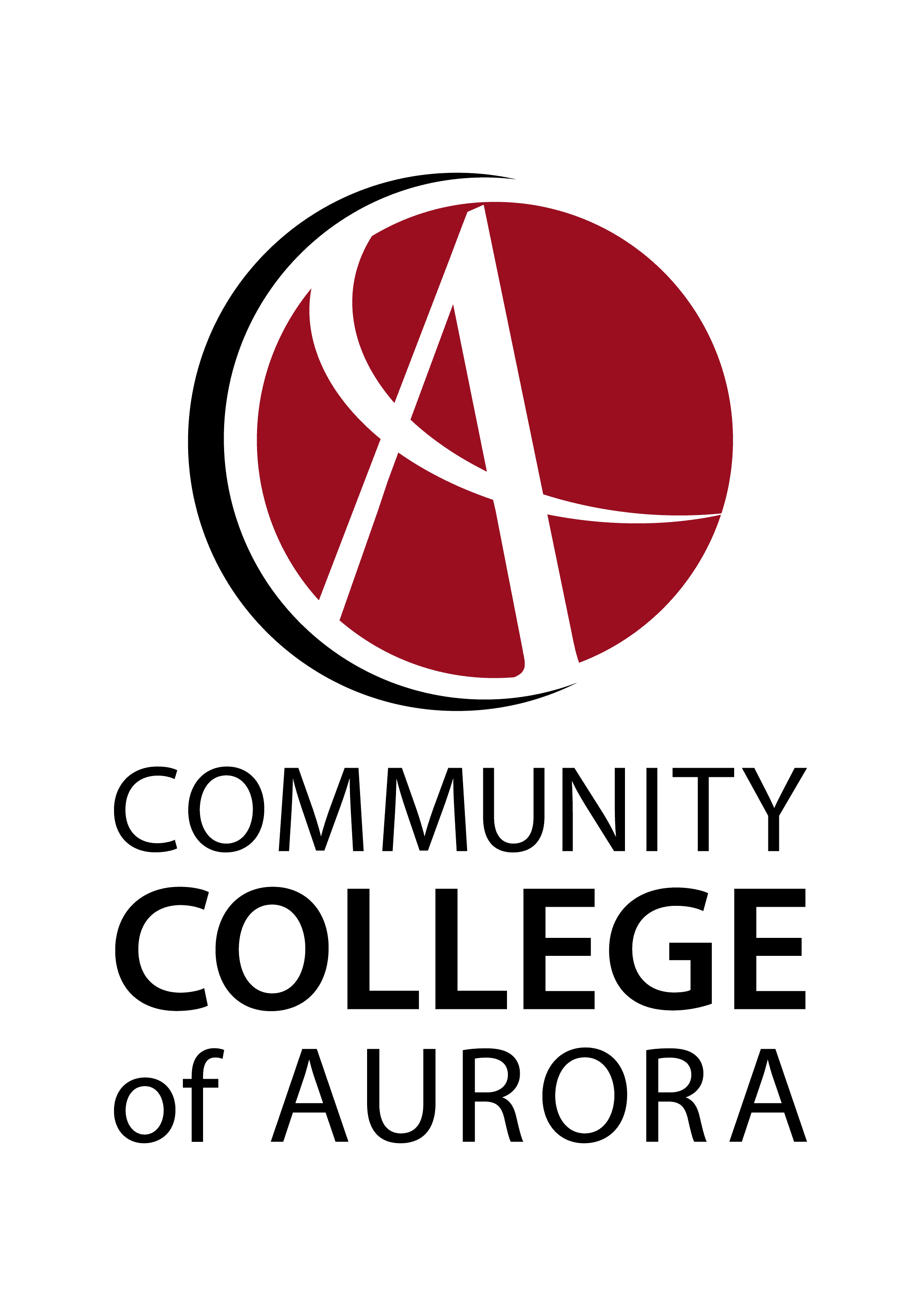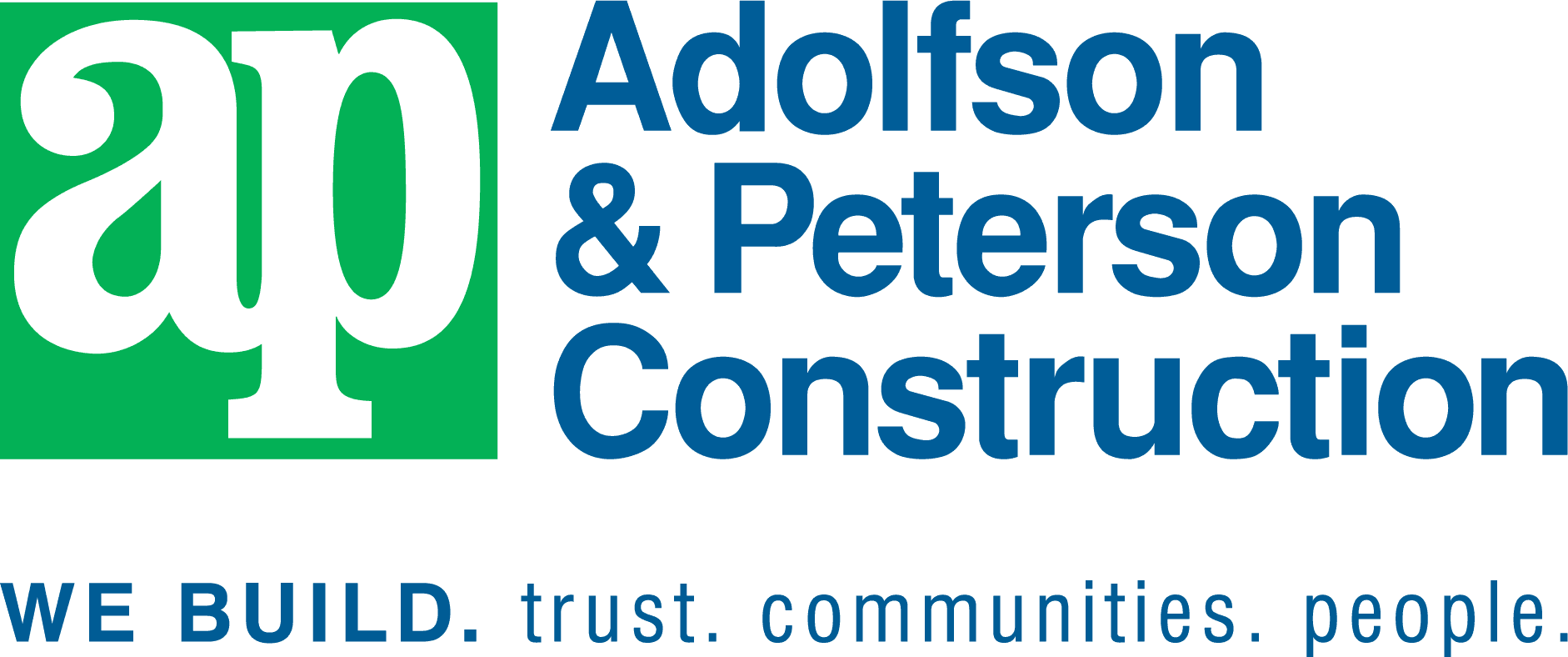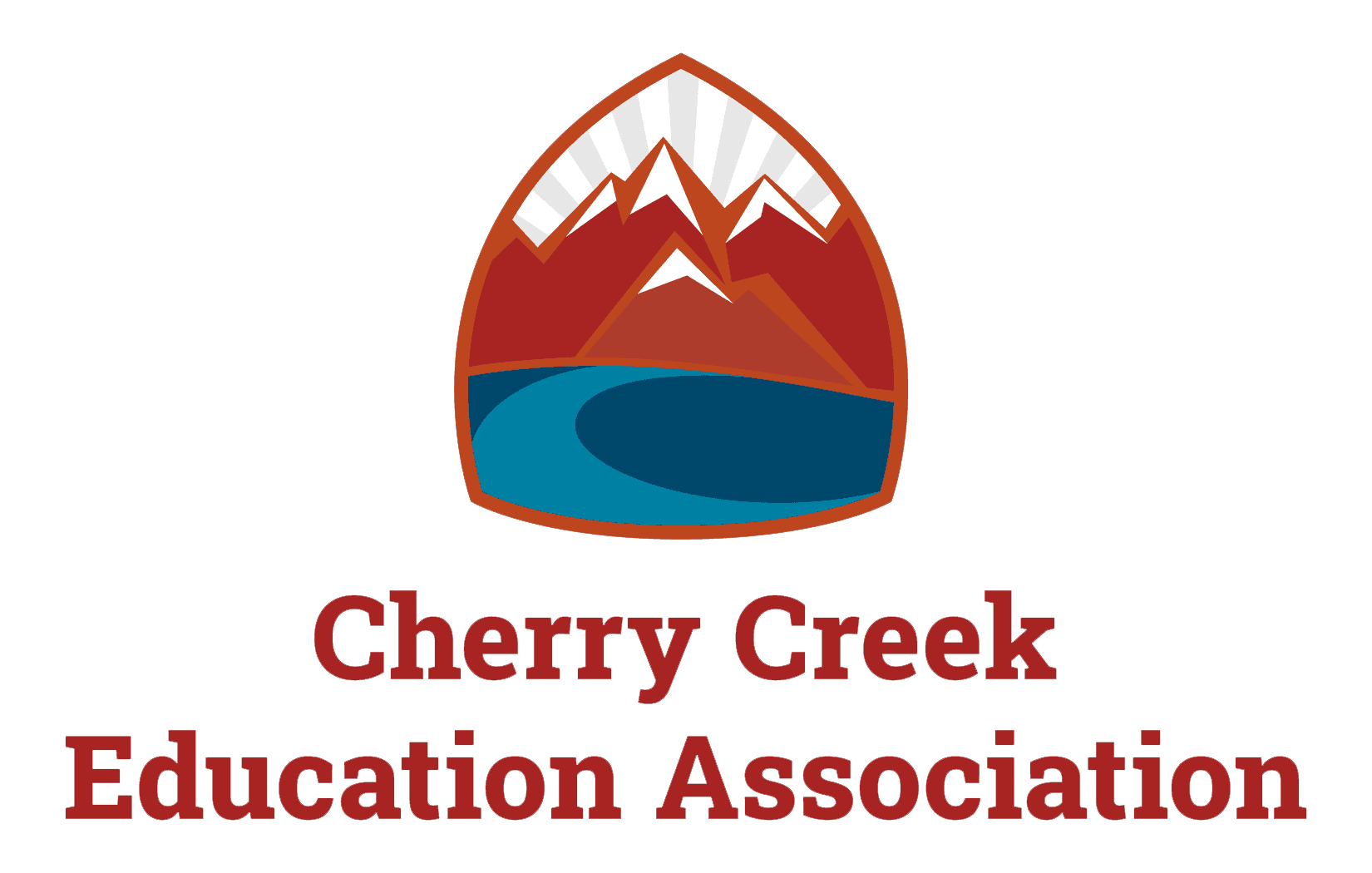Model Airplane Flights Offer Arrowhead Students Valuable STEM Lessons
It was easy to pick out a distinct group among the hundreds of Arrowhead Elementary students gathered outside of the school on May 9.
While most of their fellow students took seats on the grass next to the playground, these eight fifth-graders sat in folding chairs set up around a plastic table directly beneath the steel piping of a soccer goal. The formal arrangement was no accident – the group had a specific and serious assignment. They needed a flat, firm surface to properly collect data, and they dutifully jotted down numbers and observations as the rest of the crowd casually laughed and chatted.
Still, their attention wasn’t focused solely on pencils and paper. In between their rounds of taking notes and debating the accuracy of their figures, they gazed up at a clear blue sky, intent on tracking the progress of a model airplane as it whirred high above the soccer field. Along with hundreds of their peers, the group offered impressed “oohs” and “aahs” as the plane dipped, soared and banked about 100 feet above their heads. They watched intently as the battery-powered plane dropped parachutes made of paper, plastic and cloth that they’d help to design and build in Arrowhead classrooms.
That kind of wowed response is one that Tom Neff knows well. Neff, who piloted the Styrofoam plane from the Arrowhead soccer field via a remote control, is the associate vice president of the Academy of Model Aeronautics. One of the organization’s central missions is education, and Neff said a simple remote-controlled plane can spark an interest in a whole universe of subjects.
“Any time a student gets to see something they made with their own hands fly through the sky, it’s the most exciting and enlightening experience they could ask for,” said Neff, an Air Force veteran whose service included stints operating the Lockheed SR-71 Blackbird. “This teaches them STEM (Science, Technology, Engineering and Math), and it also gives them insights into aviation and aerospace.”
Offering students that kind of early gateway into STEM and related fields was one of the most important drivers of this schoolwide experiment at Arrowhead, as well as similar efforts at Creekside, Walnut Hills and Village East elementary schools. Students watched as Neff attached a variety of parachutes and loads to the small plane. They tracked the differences between different parachute materials and sizes, as well as varying lengths of suspension lines.
The interactive, compelling experiment was possible thanks to a grant from the Cherry Creek Schools Foundation, which is dedicated to funding opportunities for all students in the district in innovative ways and helping build partnerships within the community. Thanks to the Foundation’s support, students at these schools were able to connect scientific theory with real-world flight.
“We wanted to do something as a precursor to the weather balloon experiments that take place across the district,” said Shelia Phillips, a teacher at Arrowhead and grant organizer for the project. “We wanted the students to actually see what happens as the plane flies in the air and drops each parachute.”
Phillips added that they worked hard to engage every student at the school. Students in kindergarten through second grade made a single type of parachute, and third-, fourth- and fifth-graders assembled parachutes of different sizes and materials.
Incorporating students’ classroom materials into the experiment offered an important level of engagement, Phillips said. Even as they watched stunt flying from Neff, who’s won awards at international RC plane competitions for his prowess as a pilot, the students were intent on seeing how their hand-crafted parachutes fared in a real-world setting.
“We were timing it to see how fast it fell and to see if the different types of materials and canopies would affect the fall,” said Kinlie Oxam, a fifth-grader at Arrowhead who officially tracked the results. “I really liked timing it.”
Their interest wouldn’t stop there. The results would be used in further classroom activities. The students concluded that the plastic parachute drifted to earth slower than its paper and cloth counterparts; they noted that the shorter suspension line led to a different kind of fall than a longer one.
The next step would be answering important questions about the results.
“We’re going to work to figure out why it happened,” said Rilyn Snyder, another member of the observation team.
For these students, that process of scientific inquiry is bound to have benefits that last far longer than a single round of stunt flying on a sun-drenched afternoon.










































